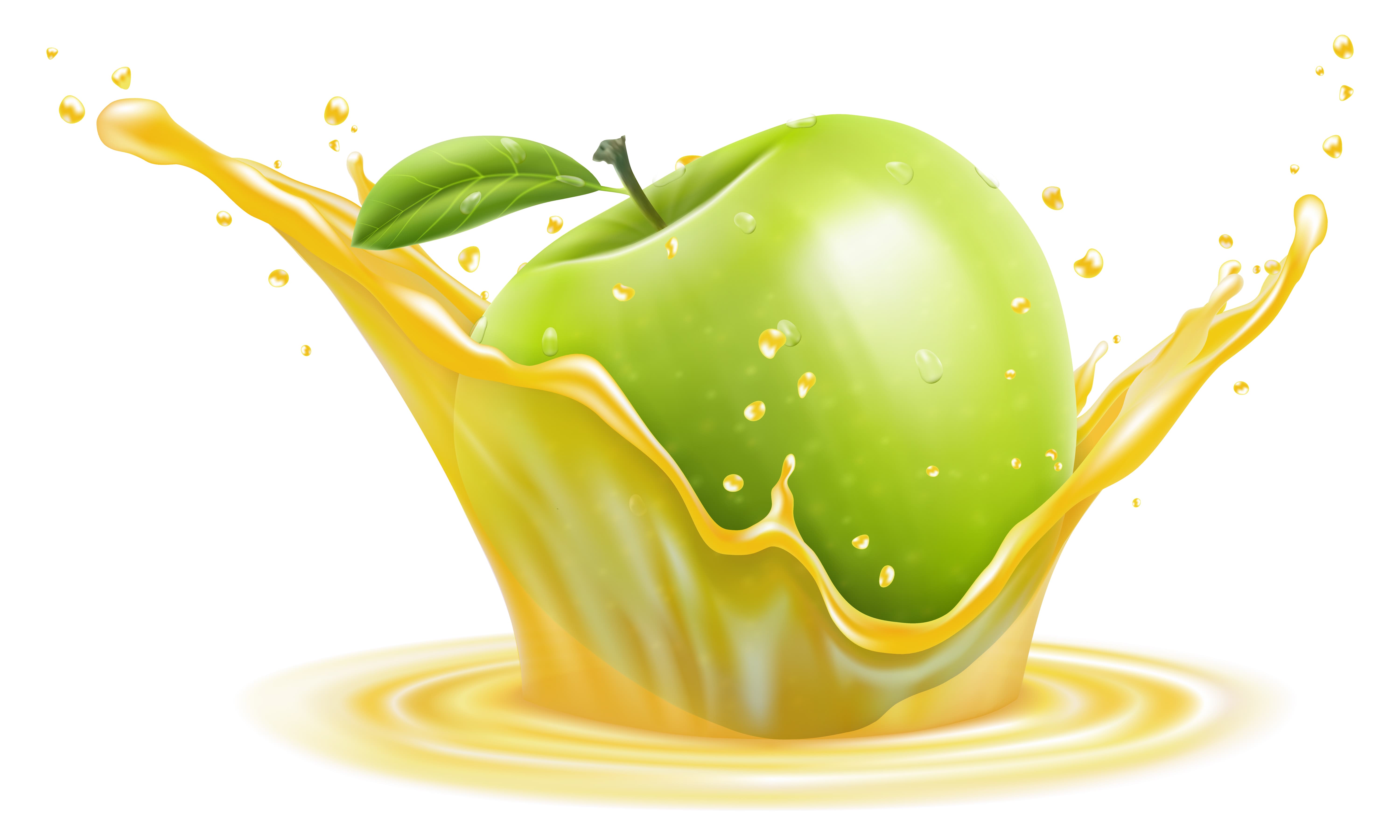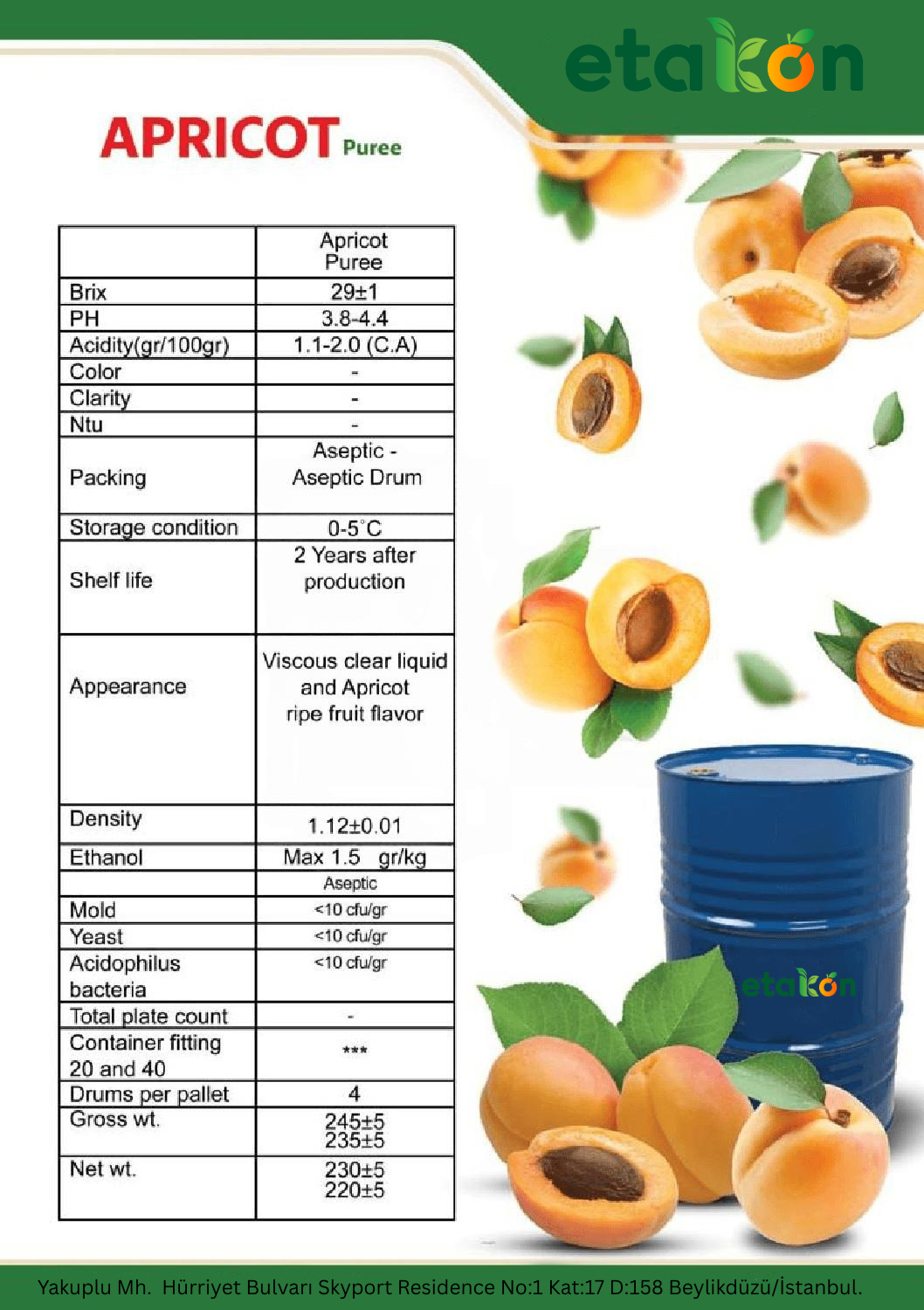
Apricot puree is a semi-thick and natural product made from the peeled and pitted flesh of ripe and healthy apricots. During the production process, the fruit is uniformly crushed and mashed after removing the skin and pit, resulting in a smooth texture, mild taste, and a natural yellow-orange color. This product, while preserving the nutritional value and flavor of fresh apricot, is widely used in various food industries such as baby food production, desserts, cakes and pastries, and natural beverages.
Apricot puree is a semi-thick and natural product made from the peeled and pitted flesh of ripe and healthy apricots. During the production process, the fruit is uniformly crushed and mashed after removing the skin and pit, resulting in a smooth texture, mild taste, and a natural yellow-orange color. This product, while preserving the nutritional value and flavor of fresh apricot, is widely used in various food industries such as baby food production, desserts, cakes and pastries, and natural beverages.
Related Products




.jpg)
.jpg)
.jpg)
.jpg)

.jpg)
